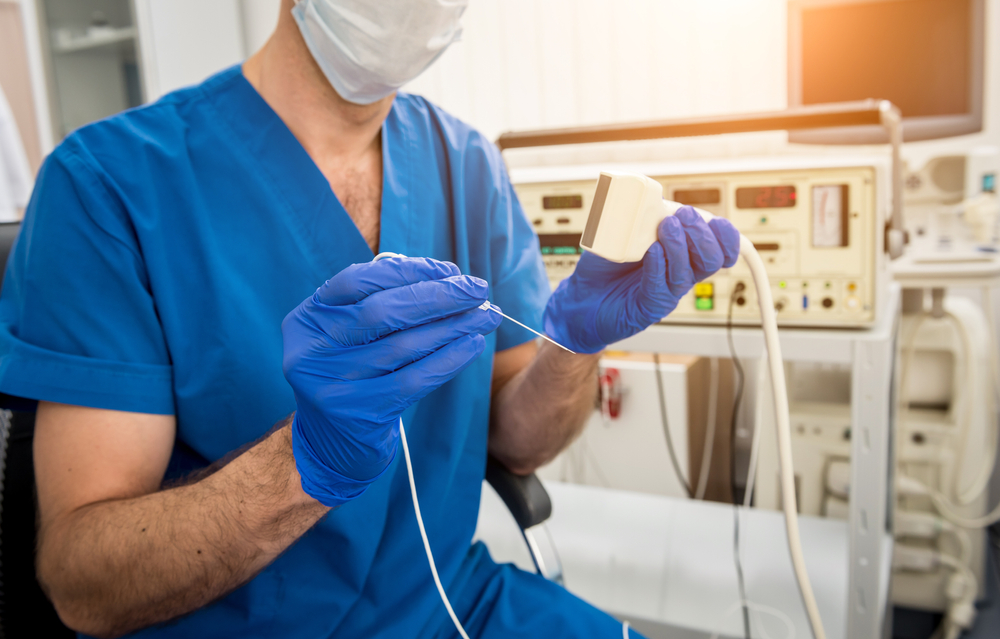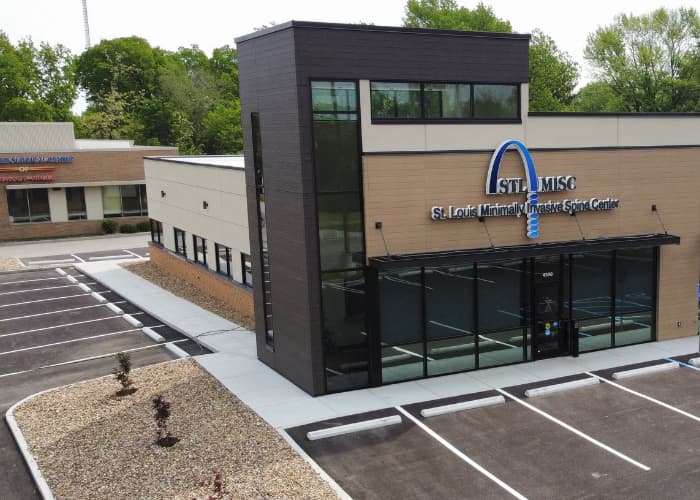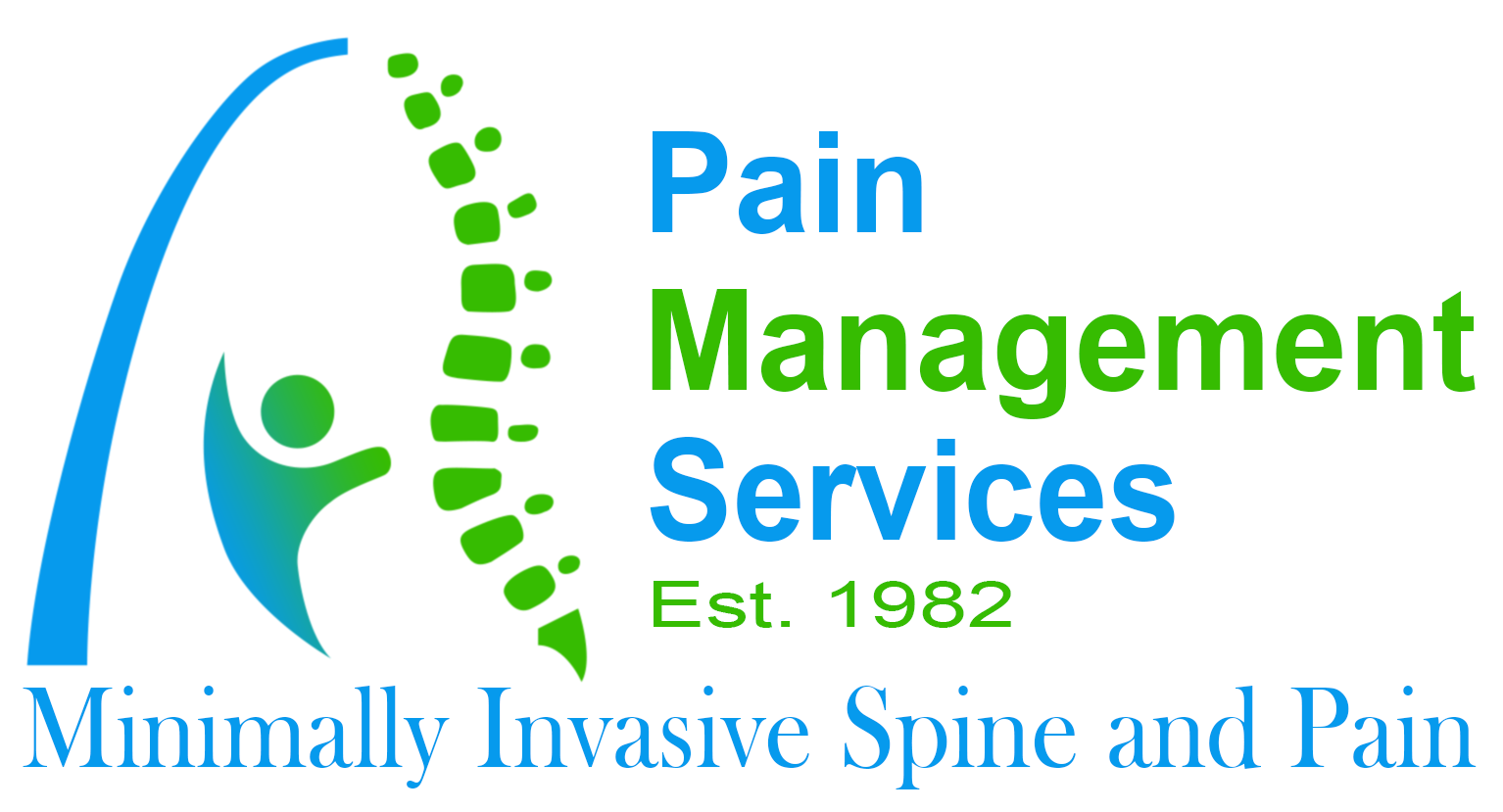Chronic pain affects millions of individuals, often diminishing their quality of life. At Pain Management Services, Dr. Calvin Cajigal and his team in Des Peres, St. Peters, Washington, and St. Louis, MO, offer innovative solutions like Intrathecal Drug Delivery Systems (IDDS) to relieve sustained pain. This blog delves into the functionality, benefits, and patient suitability for IDDS, showcasing its role in advanced chronic pain management.
What is an Intrathecal Drug Delivery System?
An Intrathecal Drug Delivery System, a pain pump, is a specialized device that delivers medication directly into the intrathecal space around the spinal cord. This method allows for significantly lower doses of medication compared to oral intake, enhancing the drug’s effectiveness and reducing systemic side effects.
The Components of IDDS
The IDDS consists of two main components:
- The Pump: A programmable pump that stores and delivers the medication.
- The Catheter: A small tube transports the medication from the pump to the spinal cord.
These components work together to provide a continuous flow of medication tailored to the patient’s specific needs.
Conditions Treated by IDDS
IDDS is primarily used to treat severe chronic pain conditions, including:
- Cancer-related pain
- Chronic pancreatitis
- Failed back surgery syndrome
- Complex regional pain syndrome
This treatment is typically considered when other conventional therapies have failed, are unsuitable, or produce intolerable side effects.
The Procedure: Implantation and Maintenance
The implantation of an IDDS is a meticulous process that includes:
- Trial Period: Before implantation, a trial is conducted to ensure the patient responds well to intrathecal medication.
- Surgical Implantation: The pump is surgically implanted under the skin in the abdomen, and the catheter is positioned in the intrathecal space around the spinal cord.
- Postoperative Care: Following surgery, the system settings are adjusted and monitored regularly to optimize pain control.
Benefits of Using IDDS
The advantages of using an IDDS include:
- Targeted Delivery: Direct delivery to the pain receptors in the spinal cord enhances drug efficacy and minimizes side effects.
- Reduced Medication Dosage: Lower doses of medication are required, decreasing the risk of dependency and side effects associated with higher systemic doses.
- Customizable Dosage: The pump can be programmed to release different amounts of medication at various times of the day, accommodating changes in pain levels.
Ideal Candidates for IDDS
Candidates for IDDS are typically those who:
- Have chronic pain not adequately controlled by other methods.
- Experience significant side effects from oral pain medications.
- Have undergone a successful trial of intrathecal medication delivery.
Patient Experiences and Outcomes
Patients who have received IDDS report significant improvements in pain management, enhancing their mobility, functionality, and overall quality of life. These outcomes highlight the transformative potential of IDDS in chronic pain management.
Expert Care at Pain Management Services
Dr. Cajigal’s commitment to incorporating advanced technologies like IDDS into pain management ensures patients receive the most effective and personalized care possible. Each treatment plan is carefully crafted to meet the individual’s unique needs, helping them achieve the best possible outcomes.
Navigating Toward a Pain-Free Future
Intrathecal Drug Delivery Systems represent a significant advancement in the field of pain management, offering hope and improved quality of life to those suffering from debilitating chronic pain. At Pain Management Services, the goal is not just to manage pain but to enhance every patient’s overall well-being.
Sources:
- Pain Management Journal
- Clinical Trials in Pain Relief
- Patient Success Stories from Pain Management Services









